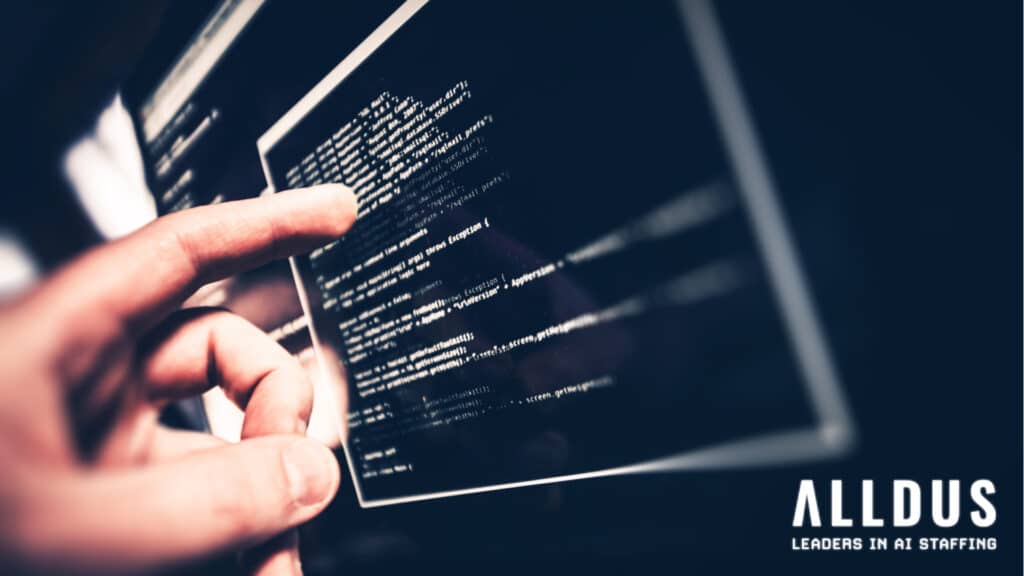Julia: The Rise Of A Programming Language?
Blog | June 12 2019 | Alldus Recruitment
According to Kaggle, SQL, Python and R are the programming languages that data scientists use the most on a regular basis. For any beginner or even intermediate data science buff, becoming an expert in these languages should be the primary concern.
However, over the last year or so, the popularity of Julia as a language has grown exponentially due to its speed, dynamism and ease of use.
What can Julia do that the others can’t?
Julia is faster than Python and R because it is specifically designed to quickly implement the basic mathematics that underlies most data science, like matrix expressions and linear algebra. However, as of right now it cannot replace Python as a general scripting language.
What Julia does manage to do though is beat Python over its weaknesses. For example, if your data project is heavily focused on mathematics then Julia is what you’re looking for due to offering great support for functional programming. It also includes excellent support for parallelism and cloud computing, making it a good choice for big data projects.
Is it worth learning?
Julia is a relatively new language and is therefore still under development(released in 2012). Will it become one of the big hitters like Python or Java? As stated previously, its popularity is growing and may offer a unique selling point to future employers.
The primary reason for the rise of this language is its suitability to big data applications and developers are already working at companies including Google, NASA, and Intel. Major projects like RStudio have announced plans to add support.
So if any of those big names have raised your eyebrows, here are three free online resources for learning Julia:
1. A Deep Introduction to Julia for Data Science and Scientific Computing
This tutorial starts by introducing the basic syntax of Julia language and quickly moves into the details of how this language is different from other scripting languages. It explains how to exploit Julia’s type system including multiple dispatches to be able to achieve C/Fortran-like performance while maintaining the concise syntax of a scripting language. You will also learn how to design Julia projects.
The major goal of this tutorial is to use Julia’s language and syntax to bridge the gap between “package users” and “package developers” in the way that Julia has done.
2. Julia Tutorial By MIT (Youtube)
This video tutorial teaches the fundamentals of this programming language which was recorded during the MIT Independent Activities Period. It consists of a total of ten videos which cover topics such as rationale, the vision and data analysis with Data Frames, statistical models, Fourier transforms, metaprogramming and macros, parallel and distributed computing etc.
3. Official Documentation On Julia
This is the official documentation on Julia language where you can learn the scientific computing language from scratch. You will learn about the strings, functions, types, variables, libraries and more right from the basic introduction to developing and debugging code.
share
related articles
Women in AI: Bridging the Gap
Despite huge advancements in AI research, the field still lags in another key area of societal progress, gender equality. With women accounting for just 22% of professionals in the field, we examine the steps needed to address this inequality and how it would also benefit the technologies themselves
Why SQL is the base knowledge for data science
As a programming language, It's a simple skill to learn, but a very valuable one. A walk in the park compared to Python or R.
Why NLP is the future of E-Commerce
There are great benefits to using NLP in eCommerce. The world of business would be greatly benefited from in-depth insights that are controlled by AI. It will help in increasing customer satisfaction rates, improve the revenue curve & ultimately transform the future of business operations.




